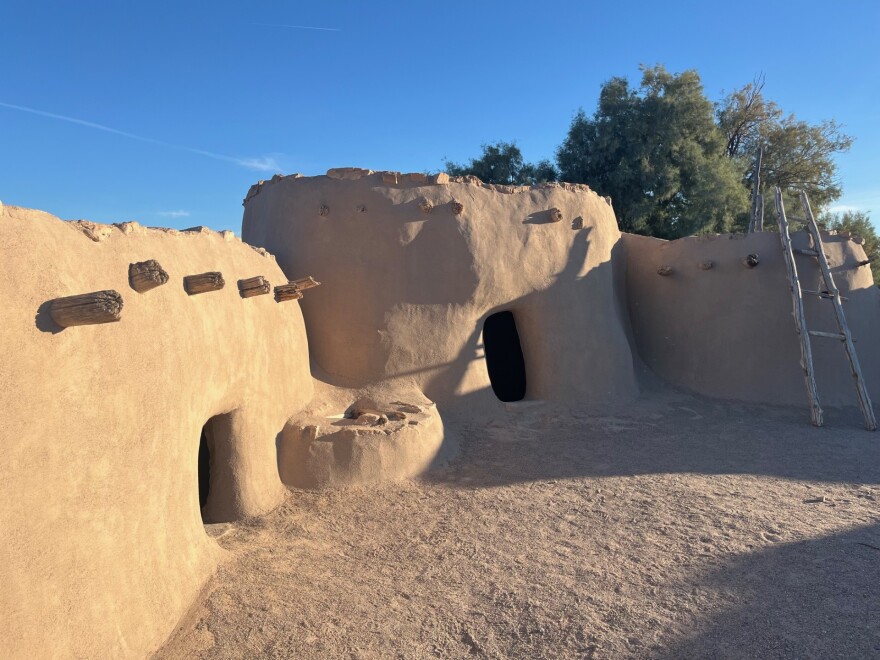Pueblo Grande de Nevada, more commonly known as the "Lost City," is an archeological site near Overton, Nevada — about an hour north of Las Vegas. It’s a complex of villages that were inhabited by the Ancestral Puebloans for nearly a thousand years.
It’s believed to be the westernmost extent of the Ancestral Puebloan culture. The architecture, pottery, and other objects show connections to the Chaco culture centered in present-day New Mexico. Archaeologists have uncovered intricately painted and textured pottery, turquoise, woven cotton cloth, coastal shell jewelry and tools used for mining salt in nearby mountain caves.
The site was documented in 1924 and excavated in the 1930s before it was partially submerged by Lake Mead.
Although the reservoir flooded the most developed areas, the Lost City Museum contains a recreation of the architecture, as well as some of the original building foundations.
The inhabitants were skilled farmers, builders, and artisans. Villages included elaborate structures; one had more than 100 rooms! They also developed a complex system of irrigation to grow crops watered by the nearby spring-fed Muddy River, a tributary of the Colorado.
The Lost City was vacated around 1150 AD for reasons not fully understood.
Today, it’s a popular tourist destination, where visitors can be reminded of the rich history and culture of the original inhabitants.
This Earth Note was written by Carrie Calisay Cannon and produced by KNAU and the Sustainable Communities Program at Northern Arizona University.








